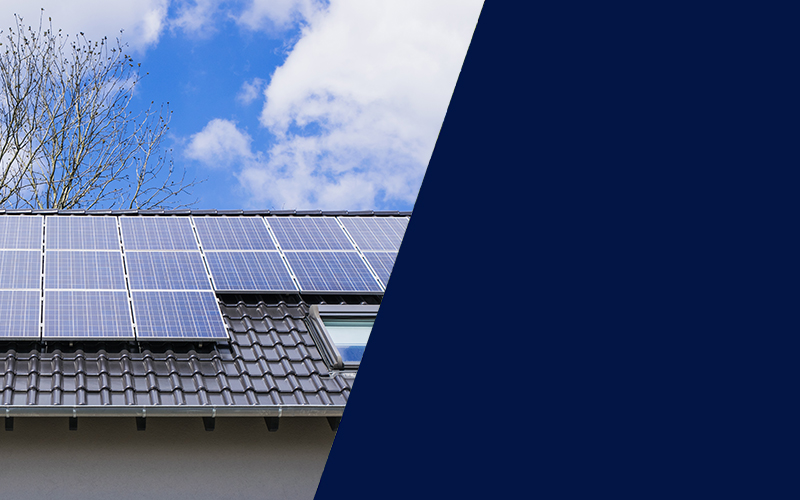If you choose quality components for your solar energy system, you will likely enjoy a reliable system that reduces your electricity bills for years to come.
Choosing the Right Solar Energy System Components
When it comes to choosing solar energy system components there are several factors to consider. Here are the most important ones:
Choose high quality solar panels
To ensure quality, select panels manufactured by a reputable well-established company and make sure their warranties are serviced in Australia. It is generally recommended to choose panels with a positive power tolerance, which means they produce at or above their labelled power. Smart panels with advanced energy management options, such as panel-level MPPT and monitoring will go a long way to increase your solar energy system’s power production.
Choose the right inverter for your rooftop
There are three types inverters to choose from: traditional string inverters, DC-optimised inverters, and micro-inverters.
- Traditional string inverters do the maximum power point tracking (MPPT) and energy inversion centrally. While they were the most common type of inverter, they have several drawbacks. Because they connect to a series of panels, they have energy losses from panel-level mismatch, a lack of design flexibility, low-resolution monitoring, and limited safety.
- DC-optimised inverters move the MPPT to the panel level while keeping inversion central. They do this by deploying power optimisers to the panels and using a simplified inverter. The power optimisers are connected to the panels individually, turning them into smart panels with panel-level tracking and enabling real-time adjustment in current and voltage to maximise energy output. This means that panel-level mismatch losses are eliminated. The simplified inverter is then responsible for AC/DC inversion and grid connection. The DC-optimised inverter maximises power generation while lowering the cost of energy produced by the PV system for improved RoI. This inverter also offers extra safety features, increased design flexibility, and advanced monitoring that tracks and reports the performance of every panel.
- Micro-inverters take the entire functionality of the inverter, shrink it down, and move it to the panel level. They are placed on the back of each panel and control each panel individually. While micro-inverters solve many of the challenges of string inverters, this topology can be more expensive than a traditional string inverter. In addition, there may be some reliability concerns with putting the inversion hardware behind the panel on the roof.
Choose a solar energy system that offers advanced monitoring solutions
Choose a solar energy system that offers advanced monitoring solutions both at the panel and system level. An advanced monitoring system will provide real-time updates about your solar energy system’s performance and track the performance of each panel individually. Some advanced monitoring systems will even enable installers to troubleshoot and identify certain issues remotely.
Choose a system that can easily be adapted to future solar energy applications
Your solar energy system is meant to serve your electricity needs for many years. For this reason, future proofing is important. Choose a system that is designed to be future-ready so that energy storage, smart energy management, and EV charging can all seamlessly be added on to the original system.
Take safety into account
While PV systems are safe, there are some that offer enhanced safety solutions. It is important to choose a system with enhanced safety features. A safe solar energy system will de-energise the DC wires automatically when the AC power is off. This will protect the property and anyone who comes in contact with the PV system.
Make sure the equipment you choose comes with long warranties
Find components that are designed to work together. A complete package from one vendor can mean increased energy efficiencies and even simplified warranty processes.


